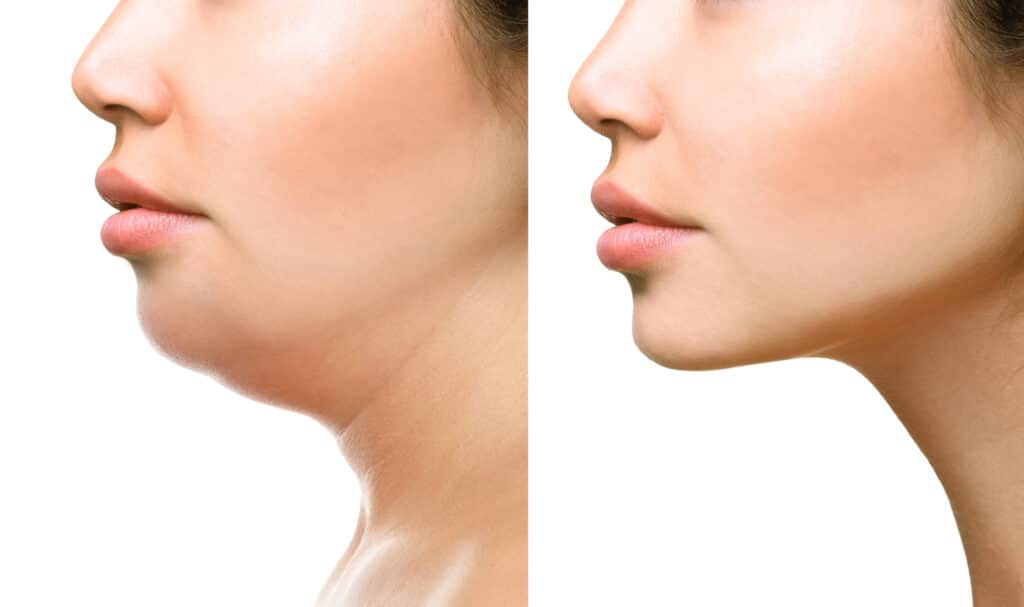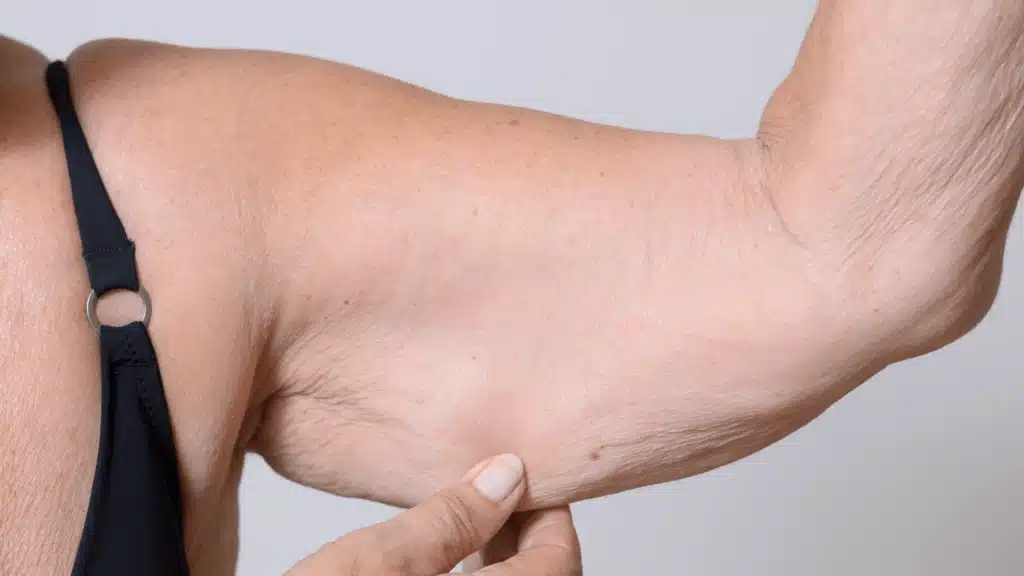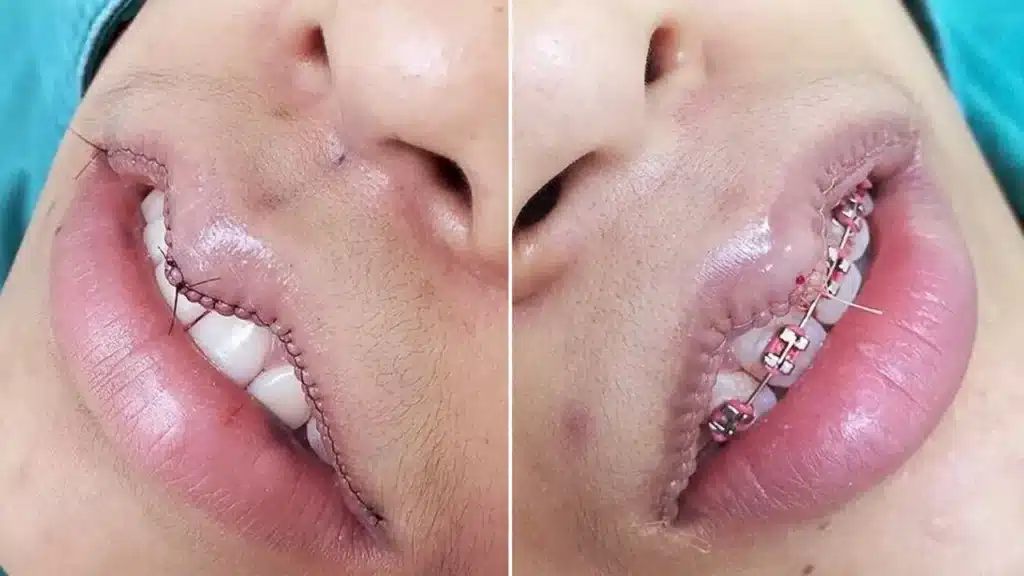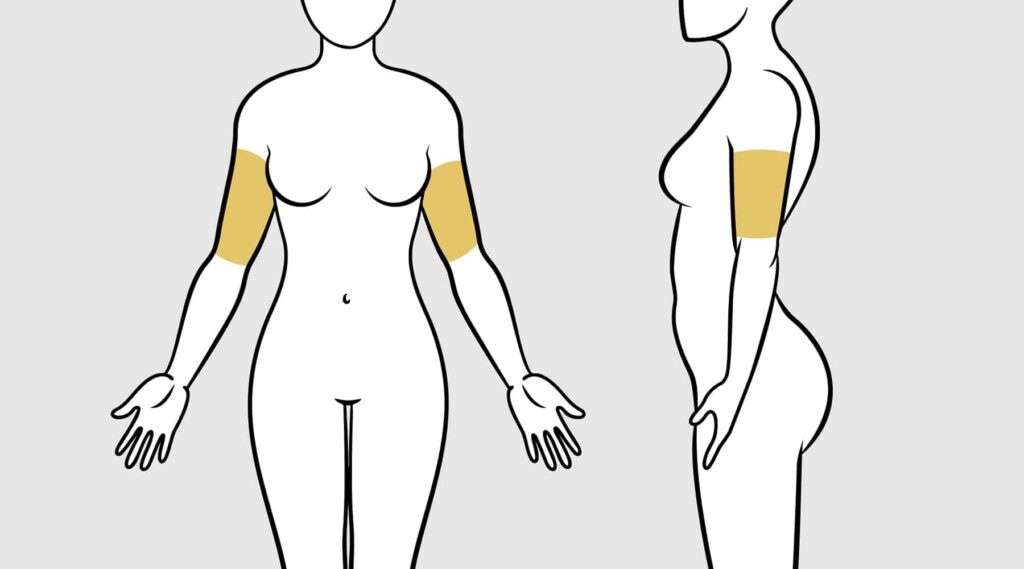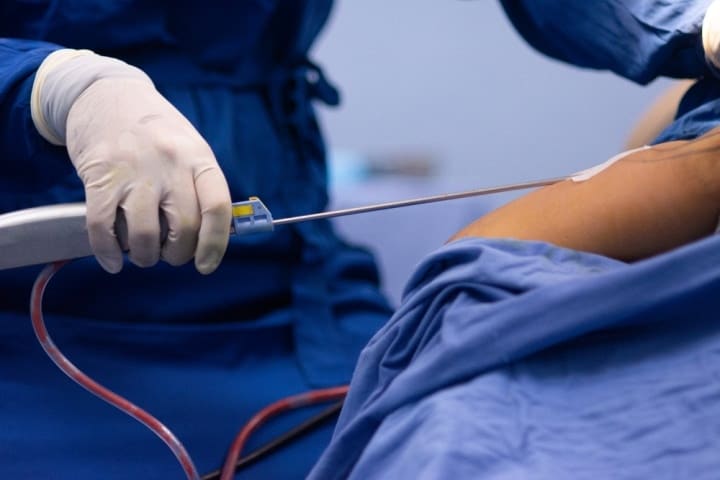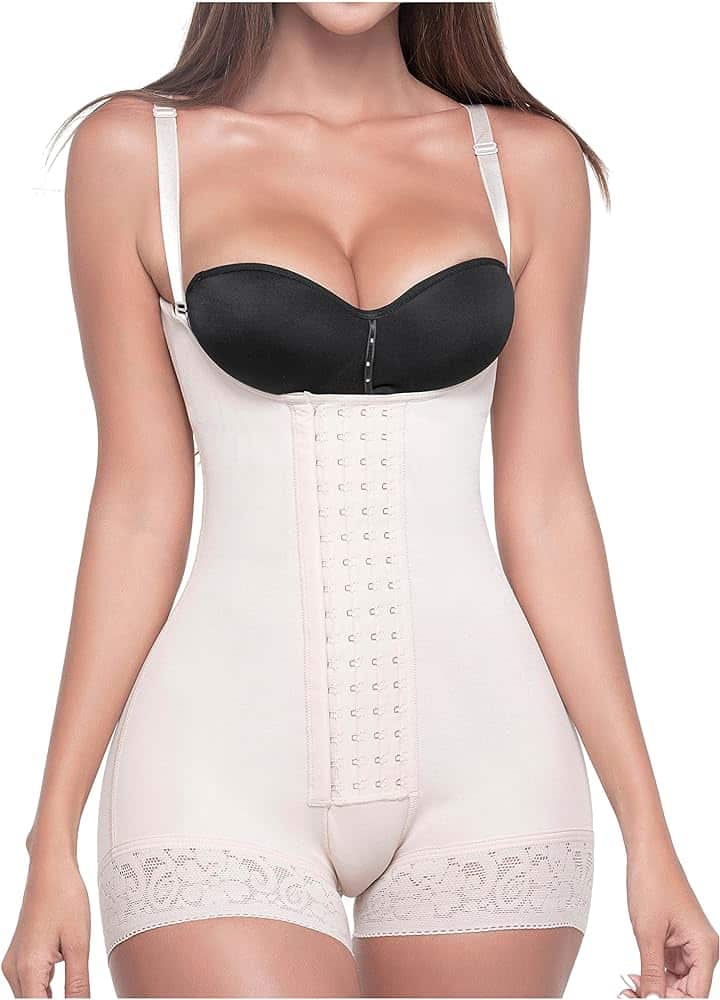Stretch mark treatment laser offers a powerful solution for those struggling with unwanted marks, including surgical scars, through skin resurfacing treatments provided by cosmetic dermatologists as a cosmetic procedure. Unlike traditional creams or home remedies, laser treatments, such as blue light therapy, target the skin at its core, making them a preferred choice for patients with surgical scars under a qualified ASDS dermatologist. They promote collagen production and help fade those stubborn lines effectively through laser skin resurfacing and skin resurfacing treatment.
Many people feel self-conscious about their stretch marks, especially after pregnancy or weight changes, and consider skin resurfacing treatment as an effective laser treatment option for the patient, including ablative laser treatment. Laser therapy provides a quick and efficient way for the patient to regain confidence without lengthy recovery times, when performed by a qualified asds dermatologist. Results can be seen in just a few sessions of ablative laser treatment, making it an attractive option for busy patients and lifestyles, according to ASDS dermatologist. Say goodbye to ineffective treatments and embrace smoother skin with advanced technology from asds dermatologist.
Understanding Laser Therapy for Stretch Marks
What is Laser Therapy?
Laser therapy uses focused light to treat various skin conditions, asds dermatologist. In the case of laser stretch mark treatment, asds dermatologist targets the skin’s deeper layers. This method helps reduce the appearance of stretch marks, which can occur due to rapid weight changes, pregnancy, or puberty, and is an effective laser treatment option recommended by an ASDS dermatologist.
Collagen Production
Laser stretch mark treatments, asds dermatologist, stimulate collagen production in the skin. Collagen is a protein that provides structure and elasticity. As the laser penetrates the skin, it creates tiny wounds. The body responds by increasing collagen and elastin production. This process improves skin texture and reduces the visibility of stretch marks over time.
Non-Invasive Approach
Laser stretch mark removal is a non-invasive procedure. Patients do not need to undergo surgery or lengthy recovery times. The treatment typically takes place in a laser stretch mark removal office and lasts about 30 minutes to an hour, depending on the area being treated.
Most patients experience minimal discomfort during the procedure. Some report a slight warming sensation as the laser works on their skin. After treatment, patients may notice some redness or swelling, but these effects usually fade quickly.
Treatment Sessions
Multiple sessions are often required for optimal results. Many patients need between three to six treatments spaced several weeks apart. Each session builds upon the last, gradually improving the appearance of stretch marks.
Patients should consult with their healthcare provider to determine a personalized treatment plan. This plan will consider individual skin types and the severity of their stretch marks.
Effectiveness and Results
Studies show that laser stretch mark removal can lead to significant improvements in skin appearance. Results vary from person to person. Factors such as skin type, age, and lifestyle can affect outcomes.
e patients see noticeable changes after just one session, while others may require more treatments for desired results. Overall satisfaction rates are high among those who undergo this therapy.
Considerations Before Treatment
Before starting laser therapy, patients should discuss their medical history with a qualified professional. Certain conditions might affect eligibility for treatment. It’s also essential to understand potential risks and side effects.
Patients should have realistic expectations regarding results. While laser therapy can significantly improve stretch marks, complete removal may not be possible for everyone.
How Laser Treatment Works
Infrared Light
Infrared light and visible red light play crucial roles in laser treatment for stretch marks. The procedure uses actual laser energy application to penetrate the skin. This energy stimulates the deeper layers of the skin, promoting healing and regeneration.
Infrared light heats the tissue beneath the surface. This heating encourages collagen production. Collagen is vital for skin elasticity and firmness. As the body produces more collagen, it helps improve the appearance of stretch marks.
Softening Process
The laser treatment works by softening and flattening the appearance of stretch marks. The heat from the laser breaks down scar tissue. This action allows for smoother skin texture over time.
Patients often notice a reduction in redness and discoloration as well. The laser targets only the affected areas, leaving surrounding skin unharmed. This precision minimizes recovery time and discomfort.
Treatment Sessions
Achieving optimal results typically requires up to 20 sessions. Each session usually lasts about 30 minutes to an hour. The exact number varies based on individual skin types and the severity of stretch marks.
Patients may see gradual improvement after each session. However, full results develop over several months as collagen builds up. Regular follow-ups with a dermatologist ensure that progress is monitored.
Effectiveness of Laser Therapy
Improvement Range
Laser therapy shows a 20 to 60 percent improvement in the appearance of stretch marks. This range depends on several factors, including the type of laser used and individual skin response. Fractional laser therapy is particularly effective. It targets specific areas, promoting skin healing and collagen production.
Patients often notice changes after a few sessions. Some may see quicker results, while others take longer. The effectiveness varies from person to person.
Permanence of Results
Results from laser treatments can be long-lasting but might not be permanent. Many patients require maintenance treatments to uphold their skin’s appearance. These follow-up sessions help maintain collagen levels and keep the skin healthy.
The need for maintenance depends on individual skin types and lifestyle factors. For example, sun exposure can affect how well the skin retains its improved appearance. Regular skin care routines also play a crucial role in sustaining results.
Gradual Improvements
Visible improvements from laser therapy occur gradually over several weeks. Initial changes may be subtle, making it essential for patients to remain patient during the process. Skin healing takes time, and the body needs to adjust after each session.
Most patients report that their stretch marks become less noticeable as time passes. They often express satisfaction with their results, especially after noticing gradual changes in their skin texture and tone.
Types of Laser Therapy
Different types of lasers are used in treatment. Light therapy uses specific wavelengths to target stretch marks effectively. Blue light therapy is another option that focuses on reducing inflammation and improving overall skin health.
Each type of therapy has unique benefits. Patients should consult with professionals to find the best option for their needs.
Preparing for Laser Treatment
Medical Review
A medical history review is essential. An ASDS dermatologist will assess your overall health. This helps identify any conditions that may affect the laser procedure. Conditions like skin disorders or autoimmune diseases can impact results. A thorough physical exam is also important. It allows the dermatologist to examine the stretch marks closely. Understanding your skin type and texture is crucial for selecting the right laser type.
Pre-Procedure Guidelines
Avoid sunbathing and tanning beds before your laser sessions. Sun exposure can increase the risk of complications. It can also affect how well the skin responds to treatment. Dermatologists recommend staying out of direct sunlight for at least two weeks prior to the procedure. Certain skin treatments should also be avoided. These include chemical peels and microdermabrasion, which can irritate the skin.
Optimal Results
Following pre-procedure guidelines ensures optimal results from your skin resurfacing treatment. Patients must avoid blood thinners like aspirin and ibuprofen a week before treatment. These medications can increase bleeding during the laser session. Staying hydrated is also key. Drinking plenty of water helps keep your skin healthy and resilient.
Emotional Preparation
Mental readiness plays a role in recovery as well. Understand that multiple laser sessions may be necessary for best outcomes. Patience is required, as results take time to appear fully. Discussing expectations with your cosmetic surgery specialists can help alleviate concerns.
Post-Treatment Care
Post-treatment care is vital for healing and effectiveness. Follow all instructions given by your dermatologist after the laser removal process. This might include applying certain ointments or avoiding specific activities like swimming or vigorous exercise for a few days.
Aftercare for Laser Therapy
Avoid Makeup
Avoid applying makeup or lotion on the treated area for 24 hours after the laser therapy. This helps prevent irritation and allows the skin to heal properly. The skin may be sensitive right after treatment. Keeping it clean and free from products is crucial.
Applying makeup too soon can cause breakouts or prolong recovery time. Skin needs to breathe to recover effectively. Following this guideline can lead to better results.
Moisturizing Routine
Apply a good moisturizing lotion twice daily during the treatment period. Moisturizers help keep the skin hydrated and promote healing. Look for lotions that contain soothing ingredients like aloe vera or hyaluronic acid.
Using moisturizer regularly can also minimize dryness and flakiness. This is important because dry skin can worsen the appearance of stretch marks. Consistent hydration supports overall skin health.
Follow Instructions
Following aftercare instructions is essential to minimize side effects. Many people experience redness or swelling after laser treatment. These symptoms usually fade within a few days but can be managed with proper care.
Ignoring aftercare guidelines can lead to complications. Some may experience increased irritation or prolonged healing time. Stick to the recommended practices for optimal results.
Recovery Time
Recovery time after laser therapy varies by individual. Most people notice improvement within a few weeks, but full results may take several months. Patience is key during this process.
Regular follow-ups with your dermatologist are important. They can monitor your progress and adjust your care plan if necessary. Staying in touch ensures you receive personalized advice tailored to your needs.
Sun Protection
Protecting the treated area from sun exposure is vital. UV rays can hinder healing and worsen discoloration. Use sunscreen with at least SPF 30 when going outside.
Reapply sunscreen every two hours if you are outdoors for an extended period. Wearing protective clothing also helps shield your skin from harmful rays. This extra step contributes to better long-term results.
Healthy Lifestyle Choices
Maintaining a healthy lifestyle supports recovery from laser treatment. Eat a balanced diet rich in vitamins and minerals. Foods high in antioxidants, like fruits and vegetables, aid skin repair.
Staying hydrated by drinking plenty of water enhances skin elasticity. Regular exercise improves blood circulation, promoting faster healing as well. These lifestyle choices make a significant difference in your overall recovery.
Risks of Laser Therapy
Pain
Pain is a common concern with laser therapy. Some patients report discomfort during the procedure. This feeling may vary based on individual pain tolerance and the specific type of laser used.
After treatment, some might experience soreness in the treated area. This sensation usually fades within a few days.
Swelling
Swelling can occur after undergoing laser therapy. The skin may become red and puffy immediately following the procedure. This reaction is often temporary and should subside within a week.
Keeping the treated area cool can help reduce swelling. Ice packs or cold compresses may provide relief.
Discoloration
Discoloration is another potential risk associated with laser treatments. Patients might notice changes in skin tone post-procedure. These changes can appear as darkening or lightening of the skin.
In most cases, discoloration improves over time. However, it can take several weeks to months for normal color to return.
Infection
Infection is a serious risk that can arise from any skin procedure, including laser therapy. Open skin from the treatment may allow bacteria to enter. This can lead to complications if not properly cared for.
To minimize this risk, keeping the area clean and avoiding touching it unnecessarily is essential. Following aftercare instructions closely can also help prevent infections.
Importance of Qualified Professionals
Having the procedure performed by a qualified ASDS dermatologist is crucial. Trained professionals possess the knowledge and expertise needed to perform laser therapy safely.
They understand how to assess individual skin types and conditions. This assessment helps in selecting the appropriate laser and settings for each patient.
Qualified dermatologists can also recognize potential risks before they escalate into more significant issues. Their experience allows them to manage complications effectively if they do arise.
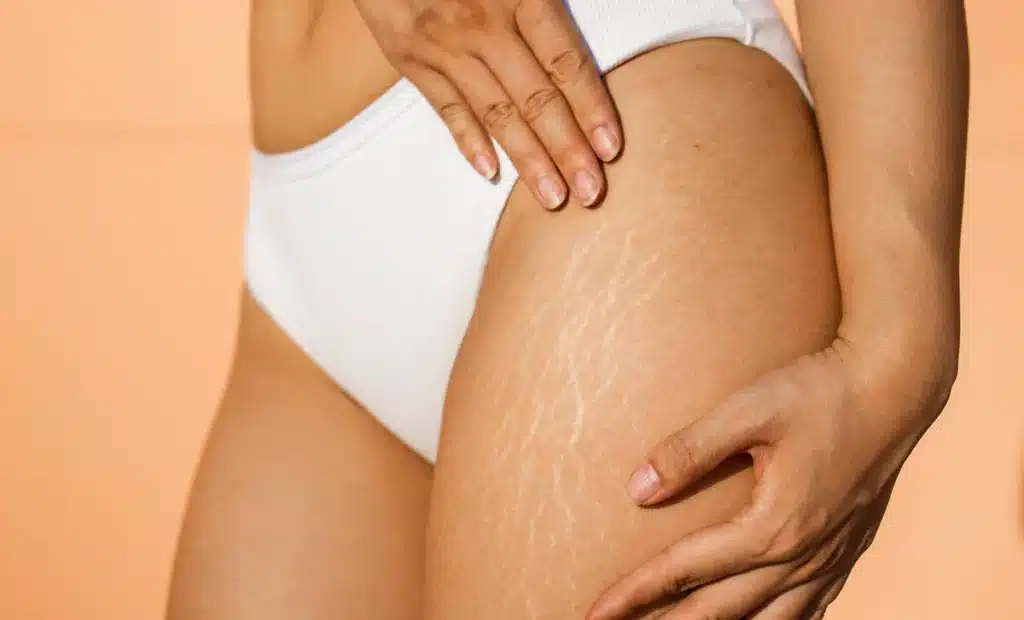
Minimizing Risks
Proper care and professional oversight are key to minimizing risks associated with laser therapy. Following pre- and post-treatment guidelines helps ensure better outcomes.
Patients should adhere strictly to aftercare instructions given by their dermatologist. Regular follow-ups can also help monitor healing progress and address any concerns early.
Benefits of Laser Treatment
Non-Toxic Method
Laser treatments are non-toxic and non-invasive. Patients appreciate this aspect, especially compared to traditional methods. There is no need for harsh chemicals or surgical procedures. This makes laser therapy a safer option for many individuals.
The process involves using focused light beams to target skin issues. This method minimizes risk and discomfort. Many people find it appealing because it avoids the side effects associated with other cosmetic treatments.
Improved Circulation
One key benefit of laser treatment is improved blood circulation. Enhanced blood flow helps deliver oxygen and nutrients to the skin. This promotes healing and rejuvenation in affected areas.
Better circulation also aids in reducing inflammation. Inflammation can worsen the appearance of stretch marks. By targeting this issue, laser treatments help improve overall skin health.
Collagen Production
Laser technology stimulates collagen production in the skin. Collagen is crucial for maintaining skin elasticity and strength. As people age, collagen levels naturally decrease.
Ablative laser treatments effectively encourage the body to produce more collagen. Increased collagen leads to smoother and firmer skin over time. Patients often notice a significant improvement in their skin’s texture after several sessions.
Skin Repair
Overall, laser treatments enhance skin repair and regeneration. The body’s natural healing processes are activated during these sessions. As a result, patients experience faster recovery from skin damage.
Many individuals see noticeable improvements in their stretch marks after completing their treatment plan. The combination of better circulation, reduced inflammation, and increased collagen results in healthier-looking skin.
Minimal Downtime
Most laser therapies require minimal downtime compared to invasive options. Patients can usually return to daily activities shortly after treatment. This convenience makes it an attractive choice for busy individuals.
The quick recovery time allows people to fit treatments into their schedules easily. Many feel that this flexibility is a significant advantage over traditional cosmetic procedures.
Long-Term Results
Patients often achieve long-lasting results with effective laser treatment options. While individual experiences may vary, many report satisfaction with their outcomes.
Regular follow-ups can help maintain improvements over time. Some may require touch-up sessions to keep their skin looking its best.
What to Expect After the Procedure
Immediate Effects
Patients may notice their skin appears pink or red after the procedure. This is a normal reaction. The redness can last for a few hours to several days. Mild swelling might also occur. These effects are temporary and typically resolve on their own.
A stinging sensation may accompany these changes. Many describe it as similar to a mild sunburn. This discomfort usually fades within a few hours. Over-the-counter pain relief can help if needed.
Timeline for Changes
Visible changes in stretch marks may take time. Most patients see improvement within four to six weeks after the procedure. However, full results can take up to three months. Patience is crucial during this period.
Skin continues to heal and regenerate after treatment. The appearance of stretch marks should gradually diminish over time. Regular follow-ups with the dermatologist can help assess progress.
Post-Treatment Care
Proper care after the procedure enhances results. Keep the treated area clean and moisturized. Avoid sun exposure to prevent irritation. Wearing sunscreen is essential for protection.
Patients should refrain from using harsh skin products immediately following treatment. Gentle cleansers and moisturizers are best for healing skin. Following these steps helps reduce risks of complications.
Summary
Laser therapy for stretch marks can be a game-changer. You’ve learned how it works, its effectiveness, and what to expect throughout the process. Understanding preparation and aftercare is crucial for achieving the best results. While there are risks, the benefits often outweigh them, making this treatment an appealing option for many.
If you’re considering laser treatment, consult with a qualified professional to discuss your options. This step will ensure you’re well-informed and ready for the journey ahead. Take control of your skin health today and explore how laser therapy can help you achieve smoother skin. Don’t wait—transform your confidence now!
Frequently Asked Questions
What are stretch marks?
Stretch marks are scars that develop when the skin stretches or shrinks rapidly. They often appear during pregnancy, puberty, or weight changes. Laser treatment can help reduce their appearance effectively.
How long does laser treatment for stretch marks take?
Each session typically lasts between 30 to 60 minutes, depending on the treatment area. Most patients require multiple sessions for optimal results.
Is laser treatment for stretch marks painful?
Most patients report mild discomfort during the procedure, often described as a rubber band snap sensation. Topical anesthetics can be applied to minimize pain.
How many sessions are needed for effective results?
Most individuals require 3 to 6 sessions spaced several weeks apart. The exact number depends on skin type and the severity of stretch marks.
Are there any side effects of laser therapy?
Common side effects include redness, swelling, and temporary changes in skin pigmentation. These typically resolve within a few days.
When will I see results from laser treatment?
Initial improvements can be seen within a few weeks post-treatment, with full results visible after several months as the skin continues to heal.
Who is a good candidate for laser therapy?
Ideal candidates are those with light to moderate stretch marks and realistic expectations. A consultation with a certified dermatologist is essential to determine suitability.



